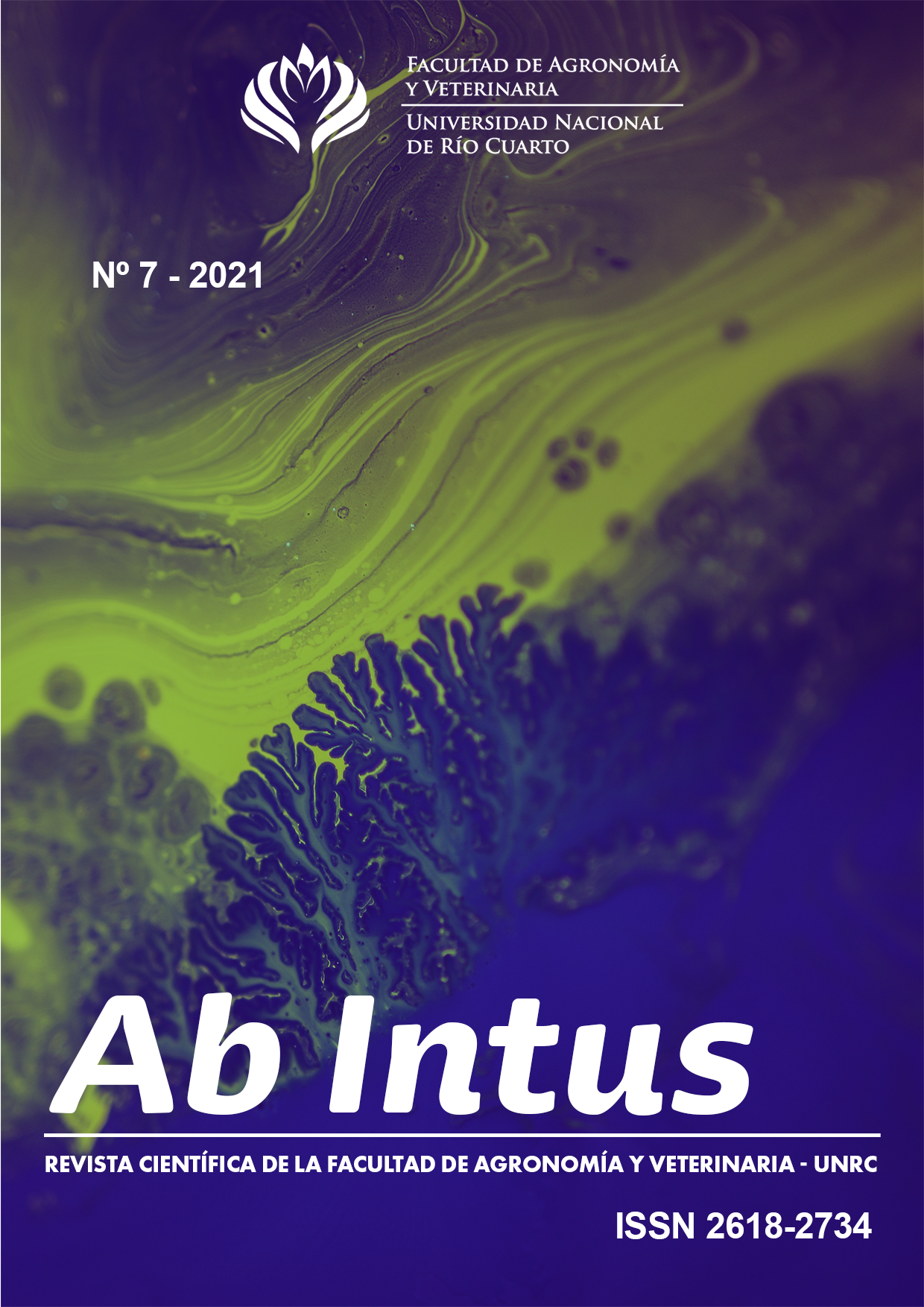Morphometric analysis of the microvasculature in the deep digital flexor tendon at a suprasesamoidean area in equines subjected to exercise
Abstract
Palmar pain in the equine foot is the most common cause of lameness, this may involve the deep digital flexor tendón (DDFT). The pathogenesis of the disease has not been determined yet, but evidence of neovascularization and degenerative processes in the vascular and fibrocartilaginous mathrix have been reported. It is necessary to deepen the study of vascular changes in the DDFT and established the existing relationship between the ultrasound images with the macroscopic and microscopic findings. For this, fore limbs of halfblood saddle horses from slaughter house were used, they were clasificated into two groups, not ridden or exercised animals (group A), and ridden and exercised animals (group B). Samples were taken from DDFT medial lobe tissue and were stored in buffered formalin for their microscopic study. Part of the sections were stained with hematoxylin/eosin for morphohistological analysis of the tissue and the rest was destined for specific marking of vascular endothelials by lectinohistochemistry and the morphometric analysis of the number and area of vessels and vascular density. We found neovascularization processes and vascular degenerative changes, in DDFT of horses subjected to exercise. The specificity of the Ulex europaeus lectin allowed us to locate microvascular endotheliums, especially in injured tendons. An increase in the number of capillaries, the vascular area and the density of the capillary number was determined in equine subjected to exercise. The oxygen deficient microenvironment, generated by the observed vascular alterations, would act as a trigger signal for the angiogenic process, causing a deficient hypervascularization.
Downloads
Published
How to Cite
Issue
Section
License
Copyright (c) 2022 Ab Intus

This work is licensed under a Creative Commons Attribution-NonCommercial 4.0 International License.


















